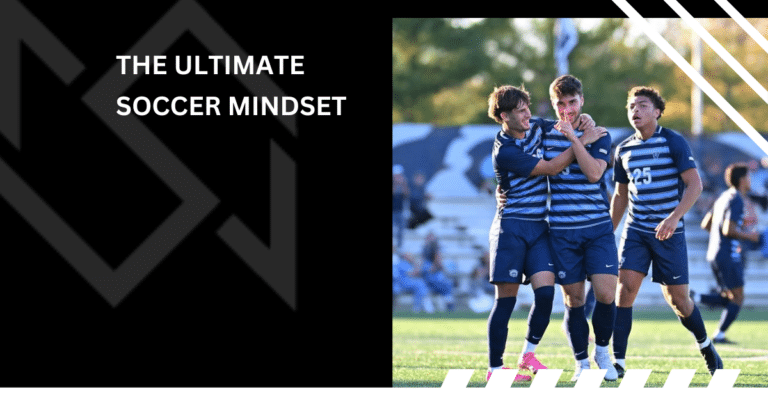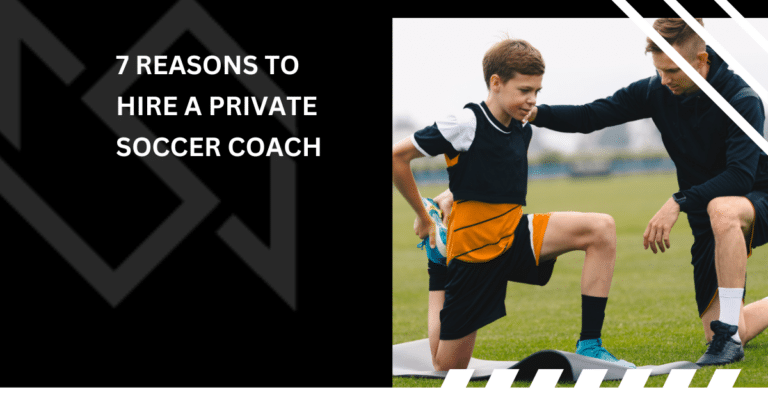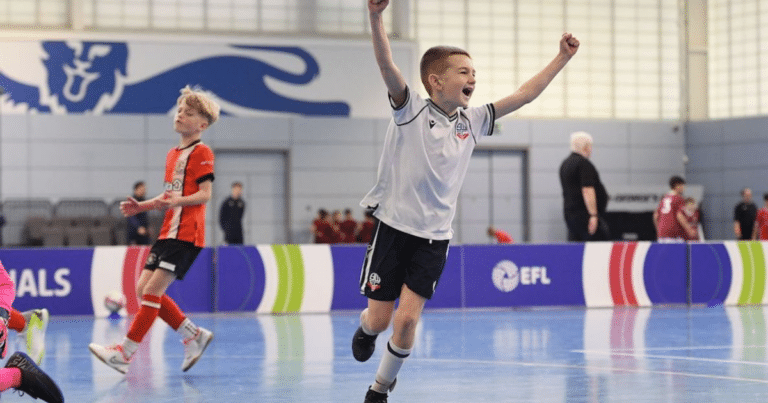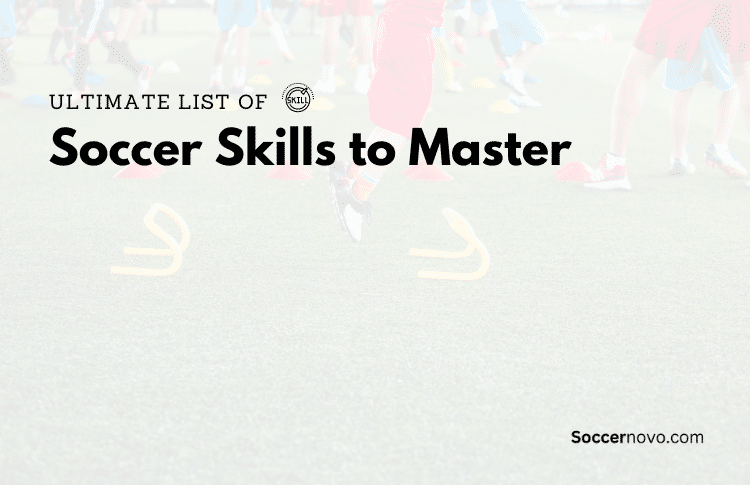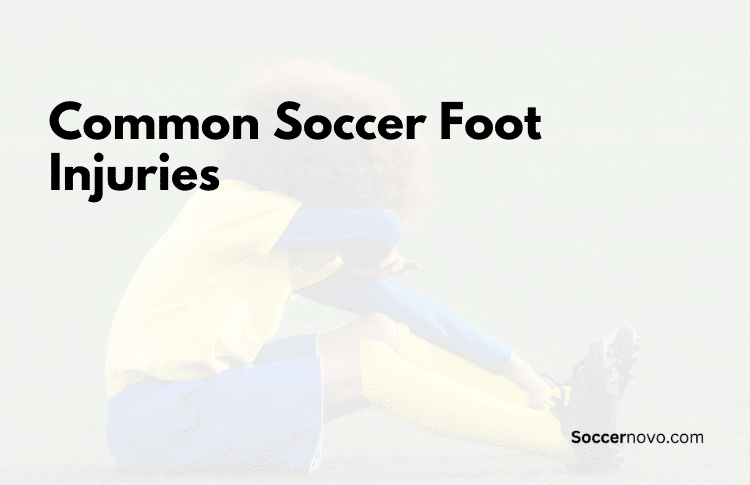Soccer Calves: Why Are They Important?
Soccer calves are desirable. Jack Grealish, anyone? Having strong calves in soccer is an advantage when used the right way. In this article, I’ll explain why.
Essentially, your calves are responsible for propelling you forward, jumping, and changing direction quickly.
Key Takeaways From This Article:
- Having strong calves can provide the ability to run faster, change direction more quickly, and prevent injuries.
- There are many exercises soccer player can do to strengthen their calves. The simpler, the better. Jump to exercises.
- If you are constantly working out your legs and calves, make sure you stretch as much as possible. Jump to stretching exercises.
Soccer calves are not only important for performance, but also for injury prevention. Weak calves can lead to a higher risk of ankle sprains and other lower leg injuries.
As a young athlete, I noticed my game explode when I took the time to work on my body, not just my skills. I started to jump roping, lifting a little, and doing various leg exercises.
So, how do you develop stronger soccer calves? I’ll explain some calf exercises soccer players should incorporate into their weekly practices.
What are Calves?
First, let’s answer the question, ‘What are calves?’ Calves refer to the muscles located at the back of your lower leg, specifically the gastrocnemius and soleus muscles.
These muscles are responsible for the plantar flexion of your foot, which is the movement that allows you to point your toes down and push off the ground when running or jumping.
As a soccer player, having strong and flexible calves is essential for optimal performance on the field.
Why are Soccer Calves Important?
Soccer calves are an essential part of a soccer player’s anatomy. They play a crucial role in the player’s overall performance, and their importance cannot be overstated.
In this section, we will explore the reasons why soccer calves are important and how they contribute to a player’s success on the field.
Stabilization and Balance

Soccer calves are responsible for providing stability and balance to the player’s lower body.
They help the player maintain proper form and technique while sprinting, jumping, and changing direction.
Strong calves also help reduce the risk of injury by providing support to the ankle and knee joints.
Power and Explosiveness
Soccer calves are also important for generating power and explosiveness on the field. They are responsible for pushing the player forward and providing the necessary force for quick sprints and explosive movements.
With more muscular calves, soccer players will typically jump higher, run faster, and make quicker turns. All these attributes will give you an advantage.
Exercises to Strengthen Soccer Calves
To get stronger calves for soccer, here are some exercises that help build strength in your legs.
 Calf Raises
Calf Raises
Calf raises are a simple yet effective exercise that targets the calf muscles. You can easily do calf raises at home with or without weights.
- Stand with your feet shoulder-width apart, and your toes pointing forward.
- Slowly raise your heels off the ground, and hold for a few seconds.
- Lower your heels back down to the ground, and repeat.
If you want more mobility and flexibility with calf raises, try starting on the bottom stair at your home. This will allow your heel to go down further than it would on solid ground.
Jump Rope
Jumping rope for soccer players is very underrated. Jump roping is a great way to improve your cardiovascular endurance and strengthen the back of your legs.
- Hold the jump rope handles in each hand, and stand with your feet shoulder-width apart.
- Swing the jump rope over your head, and jump over the rope as it comes toward you.
- Keep jumping for a set amount of time or a certain number of repetitions.
- Once you nailed down the basics, try getting a little fancy with it.
Sprints
Sprints are an excellent way to build explosive power in your calves. Here’s how to do sprints:
- Find a flat surface, such as a track or a field.
- Sprint as fast as you can for a short distance, such as 50 or 100 meters.
- Rest for a few seconds, and repeat for several sets.
If you find a gradual hill, you can incorporate hill sprints into your routine. The elevation helps work out the calves more.
Plyometrics
Plyometrics are exercises that involve explosive movements, such as jumping and hopping. Doing plyometrics consistently can help you improve your power and speed on the soccer field. Here’s an example of a plyometric exercise:
- Stand with your feet shoulder-width apart, and your arms at your sides.
- Quickly jump up as high as you can, and land softly on the balls of your feet.
- Immediately jump up again as soon as you land, and repeat for several repetitions.
Here are some great plyometric exercises you can do on your own…
How to Get Calves Like Jack Grealish
England native and Man City’s midfielder, Jack Grealish recently revealed his calve workout routine. Ready for it?!
He does nothing. Yes, he doesn’t train his calves. It’s genetics.
He recently said “I actually don’t do anything. It’s just something that runs in the family. My grandad always had big calves when he used to play football. But I don’t do any calf exercises or calf routines in the gym or anything. Honestly, it’s just something that I’ve had since I was young.”
It must be nice!
For the rest of us, we need to work at it. The workouts I’ve provided above are a great starting point.
The key is to keep it simple and consistent. Doing 10 calf raises every day for one year is much better than doing 20 here and there. Make it a habit and watch the transformation happen 365 days from now.
Stretching for Soccer Calves

To keep your calves in top shape, it’s essential to stretch them regularly. Here are a few stretches that can help:
Standing Calf Stretch
- Stand facing a wall with your feet hip-width apart.
- Place your hands on the wall at shoulder height.
- Step your right foot back, keeping your heel on the ground.
- Bend your left knee and lean forward until you feel a stretch in your right calf.
- Hold for 30 seconds, then switch sides and repeat.
Seated Calf Stretch
- Sit on the ground with your legs straight out in front of you.
- Loop a towel or resistance band around the ball of your right foot.
- Gently pull the towel or band towards you until you feel a stretch in your calf.
- Hold for 30 seconds, then switch sides and repeat.
Downward Dog
- Start on your hands and knees, with your wrists directly under your shoulders and your knees directly under your hips.
- Lift your hips up and back, straightening your arms and legs to form an inverted V shape.
- Press your heels towards the ground to stretch your calves.
- Hold for 30 seconds, then release.
Btw, yoga is great to incorporate into your soccer training routine.
Foam Rolling
- Sit on the ground with a foam roller under your right calf.
- Roll up and down from your ankle to just below your knee.
- If you find a tender spot, pause and hold the roller on that spot for a few seconds.
- Switch sides and repeat.
Here are the best foam rollers that can help you roll out your muscles.
Conclusion
Strengthening your soccer calves is important for a number of reasons.
They provide more stability and balance, help you maintain your speed and agility, and can even prevent injuries.
Building strong calves takes time and effort, but with the right exercises and training regimen, soccer players can improve their performance.
Whether you’re a youth or an adult-league soccer player, taking care of your calves is an important part of any soccer training program.

Written By: Beau Bridges
Beau is the founder of SoccerNovo, dedicated to helping players and parents navigate the youth soccer landscape. As a former youth coach and soccer parent, he shares insights on player development, recruiting, and the ever-evolving soccer scene in the U.S.
Let’s connect


